How to Be Successful Using Great Communication Skills
Storytelling is an essential part of every culture. People are always eager to hear or relate a story whether from a book, a film, a play, a remembrance from childhood or a recent vacation.
Read More
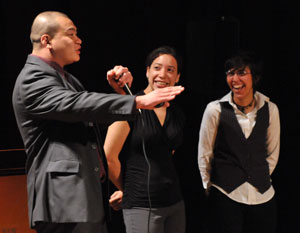

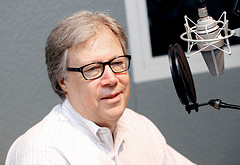


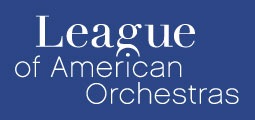
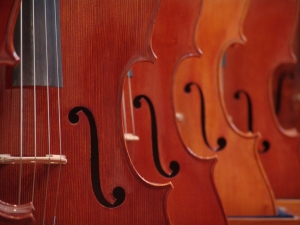
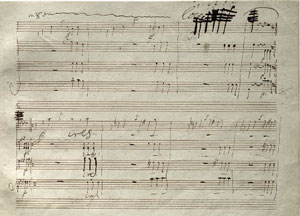

No comments yet.
Add your comment